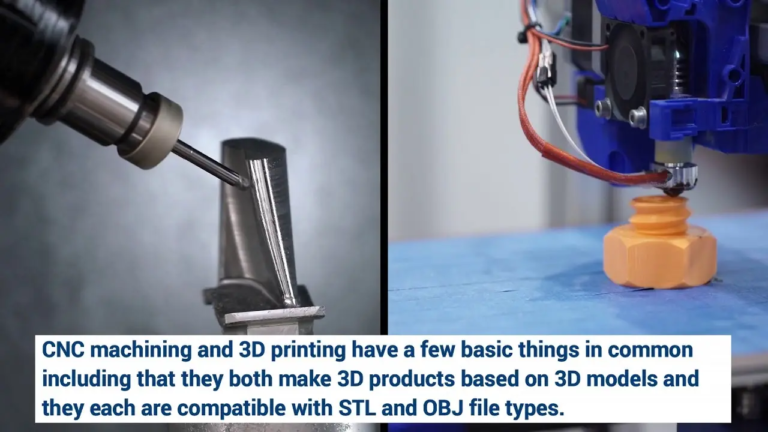The Future of 3D Printing: 6 Breakthroughs to Revolutionize Industry and Daily Life
The year 2025 is poised to be a transformative one for the 3D printing industry, with significant advancements in materials, intelligence, and manufacturing. These innovations will not only change the way we produce goods but also have a profound impact on our daily lives. In this article, we’ll explore the six key areas where 3D printing is expected to make a groundbreaking difference.
Material Innovation and Diversification: A New Generation of Breakthrough Materials
The 3D printing industry has long been driven by the development of new materials. In 2025, we can expect even more exciting breakthroughs in the world of composites, biocompatible polymers, and functional materials. These advancements will enable the creation of complex structures that mimic the human body’s natural functions, such as sweat glands or blood vessels, for use in medical repairs. Imagine being able to print "smart bandages" that can heal wounds faster or develop functional organs for transplantation.
Intelligent and Automated 3D Printing: A New Era of Efficiency and Consistency
The integration of artificial intelligence (AI) and digital twins will revolutionize the 3D printing process, making it more intelligent, automated, and efficient. Automated scanning, real-time monitoring, and adaptive tools will optimize the printing process, reducing material waste, and defects. This technology will be particularly beneficial for industries that require high-quality production, such as aerospace manufacturing.
Multi-Material and Multi-Functional Printing: The Future of Production
In 2025, we can expect to see significant advancements in multi-material and multi-functional 3D printing. This technology will allow for the integration of multiple materials, such as flexible and rigid components, or electronic components, into a single print. This will enable the creation of innovative products, such as flexible smartphones or smart home devices, that combine multiple functions in a single, compact form factor.
High-Speed Printing and Large-Scale Production: The Next Generation of Manufacturing
Traditional 3D printing has been limited by its slow speed, making it unsuitable for large-scale production. In 2025, high-speed printing technologies, such as continuous liquid interface production, will break through this barrier, enabling the mass production of complex parts and products. This will blur the lines between personalization and mass production, opening up new opportunities for industries such as healthcare, aerospace, and automotive.
Sustainability and Green Manufacturing: A New Era of Eco-Friendliness
As environmental concerns continue to grow, 3D printing will focus on sustainability. Expect to see significant advancements in recyclable materials, energy-efficient printing, and reduced waste from traditional manufacturing processes. This will encourage the use of 3D printing in the construction industry, enabling the rapid production of low-cost, eco-friendly homes.
Bioprinting and Medical Applications: The Future of Regenerative Medicine
The next decade will see significant breakthroughs in bioprinting, including the creation of functional tissues, such as blood vessels and cartilage. This technology will not only accelerate research in wound healing and organ repair but also pave the way for clinical applications, such as printing functional organs for transplantation.
As we look ahead to 2025, it’s clear that the 3D printing industry is poised for a new era of innovation. These six breakthroughs will revolutionize the way we live, work, and interact with each other. Whether it’s the creation of complex materials, the integration of AI, or the push for sustainability, 3D printing is set to change the world in powerful and profound ways.


















